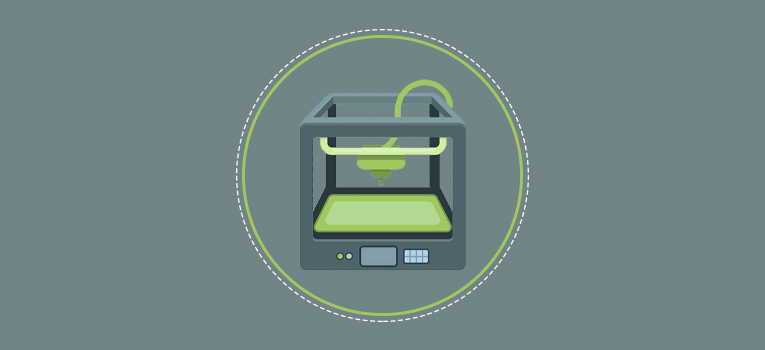3D Food Printing: The Future of Food Industry
“The world is evolving” I wonder what that means. Do people say that because our society is well-educated? Or is it because of the ever-improving lifestyle? Well, for me, it’s because of advanced technology.
With innovations and inventions, the world has reached the moon, and people plan to colonize Mars.
People are always specific about the things they like and dislike. One fine example is the different foods people consume. Some are cautious about their diet, and some like to eat everything they possibly can; some like their sweet dish, and some like it spicy.
So, to cope with all these ever-lasting demands, improve the taste, and calories, and help people maintain a healthy lifestyle, the food industry always keeps upgrading its technology.
3D printing is often spoken about, and everyone knows about it. But, the food industry is utilizing it to increase productivity, reduce human resources, and increase sustainability. Here are some examples based on people.
- For people cautious about their diet: You can transfer your daily intake of calorie trackers from your fitness watches to create a very customizable diet specifically made for you. Doesn’t that sound fun?
- For people who love the taste: Tasty food made with love isn’t always true, but the food made with the correct ingredients always takes good. You can utilize 3D printing technology to make food with the right amount of components, and yes, you can add love as well.
- For organized people: Many people are collected and very specific about the shape of their cake, the presentation of the food, and who believes looks matter. 3D printers can help you design food with precision.
Moving forward, there are multiple advantages of using 3D printers from the industry’s point of view. First, of course, enterprises majorly focus on their taste and their marketing strategies. But to keep up with the demand from the customers wanting a new flavor, and new items under the catalog, it’s pretty tricky. But a lot of the industry’s problems can be solved by 3D printers. Some of them are:
- Reduces the time taken to prepare an item: As the entire process is automated, the printers can reduce the preparation time.
- Increases production: Machines never get tired and can work 24×7, increasing their productivity.
- Manages inventory: A lot of food is wasted as human beings can make errors while preparing the item; a 3d printer uses the recipe defined to produce the item with the exact quantity.
- Reduces workforce: As the entire food is prepared by instructing the machine what to do, it can reduce the human resources and help you gain momentum and profit in the business.
- Bring out innovation: Everyone craves new tastes, and the industry has to be ever-ready to serve. It’ll be easier for the food industry to test out a new recipe and invent new items with reduced human intervention.
However, 3D printing of food is still in its beginning stage, and it offers much potential in efficiency, innovation, and personalization. The possibility to create new sensory properties and healthy foods customized to individuals’ needs is also on the table. We’re unlikely to see 3D printing substituting traditional food manufacturing in the short term, but it can certainly complement it. There are strong indicators that this technology is set to take a massive leap as it becomes more mainstream, enabling brands to accomplish that all-important competitive differentiation.
We can perform technology landscaping to recognize all the future potentials and risk assessments of 3D printing in the food industry. In case you want us to identify trends in this technology, let us know by filling out this form:

